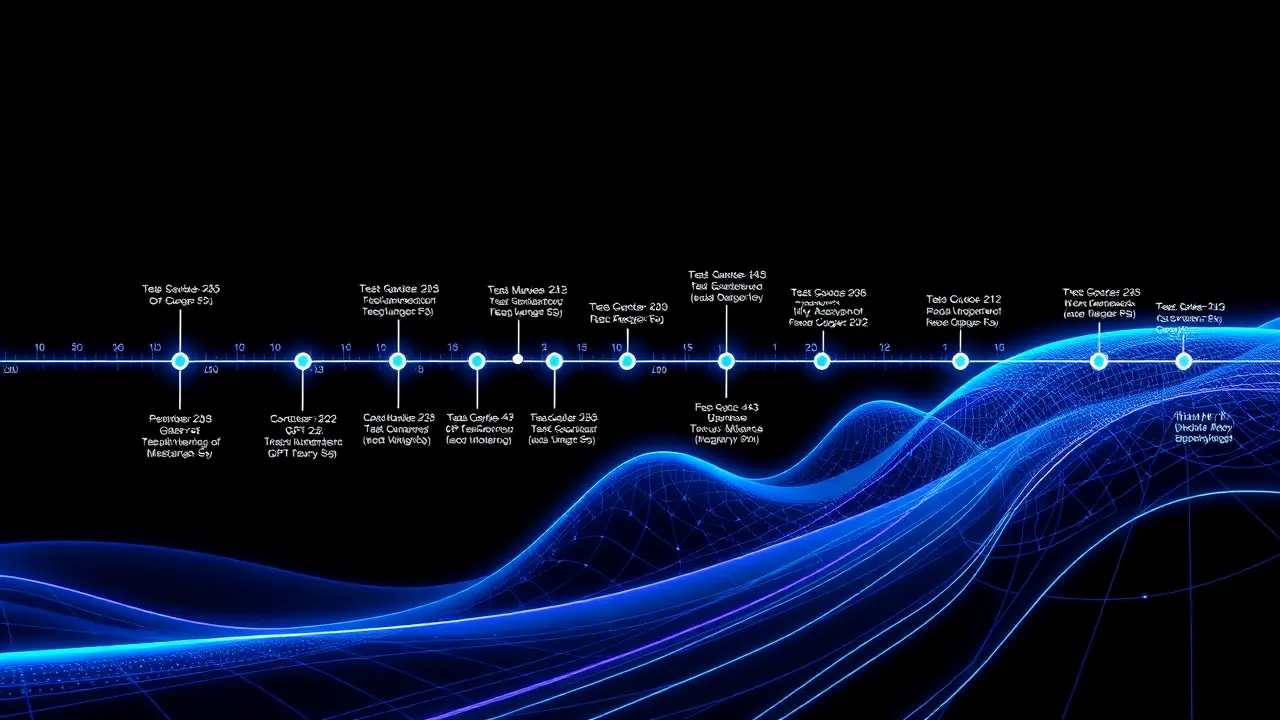
AIlarge language modelsOpenAI Models
ChatGPT: Latest Updates and Release Timeline
DA
Daniel Reed
2 days ago7 min read
The trajectory of ChatGPT's development, from its initial release as a fascinating research preview to its current status as a ubiquitous tool, represents one of the most accelerated and consequential product lifecycles in the history of technology, a timeline we've meticulously tracked throughout the year that reads less like a simple changelog and more like the rapid-fire evolution of a new digital species. Starting with the latest updates, which have increasingly focused on multimodality and agentic capabilities, the narrative arc begins with the raw, sometimes unpredictable GPT-3.5 model that captivated the world in late 2022, a moment that felt less like a product launch and more like a societal inflection point, forcing a global conversation about the practicalities and perils of large language models. The subsequent rollout of GPT-4 was not merely an incremental improvement but a fundamental architectural leap, moving from a clever stochastic parrot to a system demonstrating nascent reasoning abilities, a shift that echoed the transition in computing from simple calculators to programmable machines, and it was this release that truly ignited the generative AI arms race we see today across major tech conglomerates and scrappy startups alike.Each subsequent update—the introduction of code interpreter, the painstakingly slow but deliberate rollout of voice and vision features, the fine-tuning for specific enterprise verticals—can be seen as a strategic move in a high-stakes game of digital chess, where OpenAI is not just competing with rivals like Google's Gemini or Anthropic's Claude but is also racing against its own lofty mission to achieve Artificial General Intelligence, a goal that imbues every product release with a sense of profound gravity. The context here is critical; we are witnessing the scaffolding of a new platform being erected in real-time, a platform that promises to reshape industries from education and law to software engineering and creative arts, yet each release is also a live-fire experiment in AI safety, alignment, and societal impact, forcing regulators from Brussels to Washington to play a frantic game of catch-up.Expert commentary from leading AI researchers, such as those at the Alignment Research Center, often highlights the dual-use nature of these updates, where a new function like file upload can be a boon for productivity but also a potential vector for novel cybersecurity threats, a reminder that the timeline of ChatGPT is inextricably linked to a parallel timeline of emerging risks and countermeasures. The consequences of this breakneck pace are manifold, creating a chasm between AI-native companies and legacy industries, influencing global labor markets, and even challenging our very definitions of creativity and authorship, all while the underlying models become increasingly opaque and their decision-making processes more inscrutable. To analyze this timeline is to understand that we are not just watching software updates; we are observing the foundational layers of a future intelligence stack being laid down, one release at a time, with each iteration bringing us closer to a world where human-computer interaction is fundamentally redefined, for better or for worse.
#ChatGPT
#AI chatbot
#product updates
#release timeline
#generative AI
#featured
Stay Informed. Act Smarter.
Get weekly highlights, major headlines, and expert insights — then put your knowledge to work in our live prediction markets.
© 2025 Outpoll Service LTD. All rights reserved.